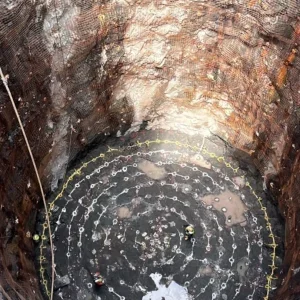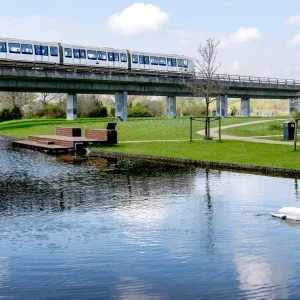Test nails were installed at the site on 10 January and left for the cement to gain strength for five to seven days. They were then load tested, with the test load applied being at least 1.5 times the load expected to be applied in service. DCC confirmed that the preliminary work went well.
The council has said that a start date for the main soil nailing work will not be confirmed until land owner agreements have been finalised, however the council does not expect delays to the programme. DCC hopes to have the tunnel reopened by 31 May.
In November 2012, DCC accepted the engineers’ recommendation that soil nailing represents the best solution for the Beaminster Tunnel.
Laboratory testing of samples from the site confirmed that the sand slopes above the tunnel can be stabilised using this process, where soil nails work to pin the slopes together, and act as anchors for a mesh that covers the surface.
The tunnel had been closed since 7 July 2012 when a landslip was caused by heavy overnight rain. Crews who were sent to investigate the collapse of the tunnel in mid-July discovered a vehicle buried under earth and mud. Two people were found dead in a car buried under 700t of mud at a road tunnel entrance.







